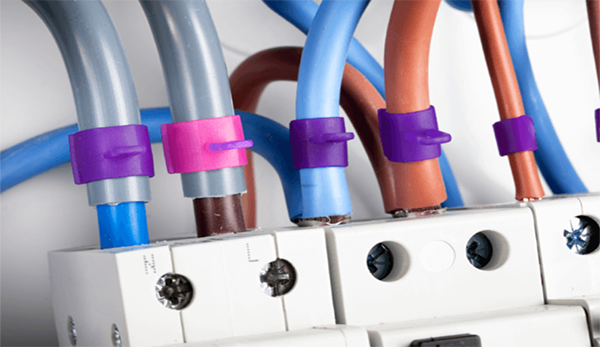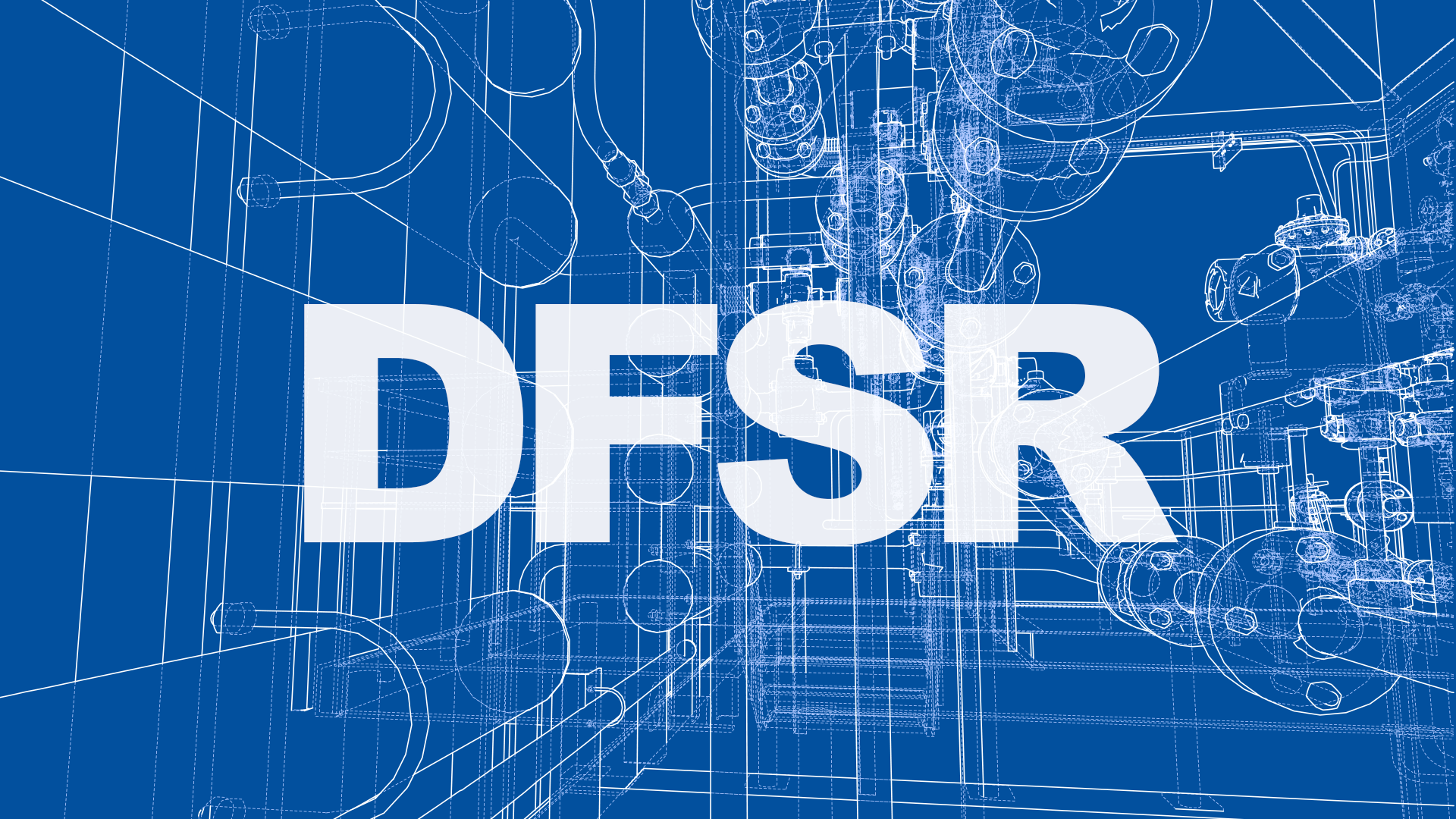November 14, 2018
What Are Arc Flashes and Arc Blasts?
Unfortunately, there was an accident at your workplace a few days ago, and several team members were injured.

Unfortunately, there was an accident at your workplace a few days ago, and several team members were injured. You heard the safety office declare that the accident was an Arc Flash. After viewing the remnants of this accident, you wanted to learn more about an Arc Flash. Let’s research the anatomy of an Arc Flash.
An Arc Flash is an energy discharge of light and heat that forms when a fault occurs in an electrical circuit. The arcing results in a tremendous amount of energy being released as current flows through ionized air. An Arc Blast, separate from an Arc Flash, is a supersonic shockwave produced when the uncontrolled arc vaporizes the metal conductors. The terms are used interchangeably. However, they really are different entities.
The Anatomy of An Arc Flash
As an arc develops and gets hotter, the electrical resistance decreases and draws more and more current until some part of the system melts, trips or evaporates. When an uncontrolled arc develops and forms at high voltages, the Arc Flash can produce deafening noise, superheated shrapnel, supersonic concussive forces, intense high-energy radiation, and temperatures that far exceed the temperature of the Sun.
An Arc Flash also produces a cloud of plasma and ionized particles, and if inhaled, the ionized gas causes severe burns to the airways and lungs. The charged particles may also be attracted to metallic objects nearby, such as jewelry, belt buckles, keys, and eyeglass frames, resulting in severe burns.
Arc Blast and Arc Flash Hazards
- Shrapnel – Arc Flash/Blasts spray droplets of molten metal at speeds that exceed 700 MPH that can easily penetrate standard Personal Protective Equipment (PPE).
- Extreme Temperatures – Arcs produce some of the highest temperatures recorded on Earth, up to 35,000° F, which is three times the temperature of the Sun.
- Sudden Air Expansion – All known materials are vaporized at this temperature. The rate of expansion is comparable to a pea-sized piece of copper expanding to the size of a boxcar. Blast pressure waves have thrown workers across the room.
- Fatal Burns – Fatal burns can occur even when the worker is several feet away from the arc. Clothing can ignite from 10 feet away unless proper PPE is used.
- Hearing Loss – An Arc Blast can have a sound magnitude of 140 dB two feet from the arc and can cause permanent hearing loss.
Safety Precautions
The National Fire Protection Association (NFPA) published the 2018 Edition NFPA 70E, putting forth new and revised regulations to protect workers from hazards that can cause injury or death. See a past article on these new regulations that describe a “Hierarchy of Controls” for establishing safe working procedures.
Conclusion
An Arc Flash or Arc Flash Blast is an extremely dangerous event that can cause injury or death to workers and damage to electrical assets, structures, and equipment failure. Understanding the anatomy of an Arc Flash or Arc Blast can raise the awareness of workers in hazardous environments. Recognizing the hazards associated with an Arc Flash or Arc Blast helps workers understand why the use of PPE and maintaining electrical safety as part of Arc Flash protection is critical when working with energized electrical equipment. Regulations, like the 2018 Edition NFPA 70 E, are created to protect workers.



